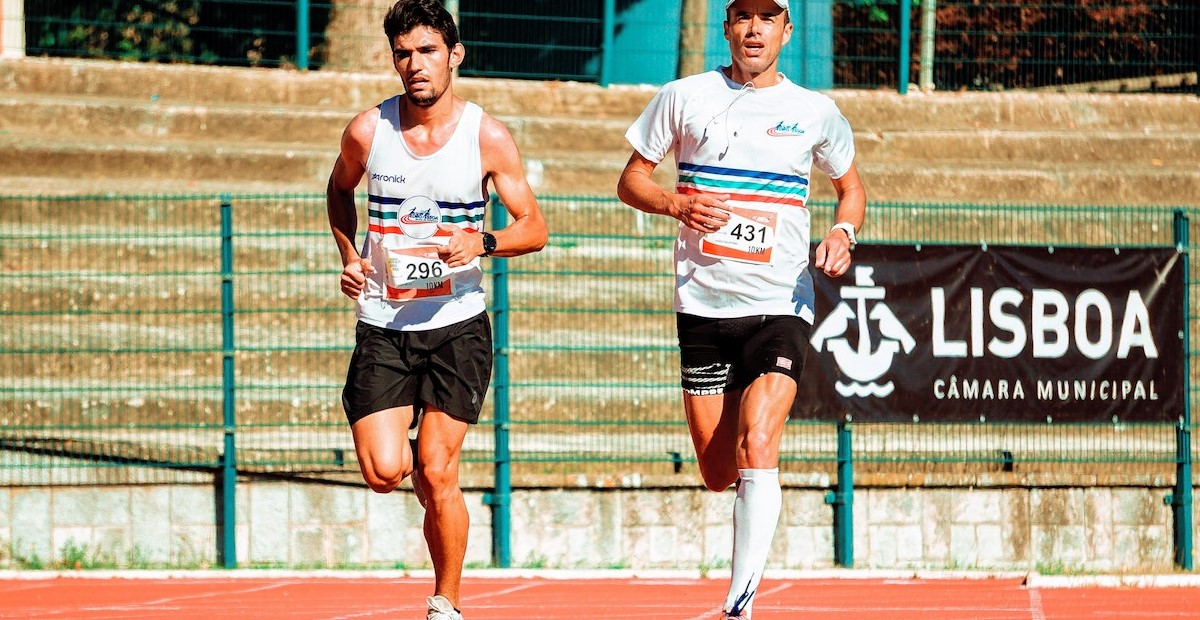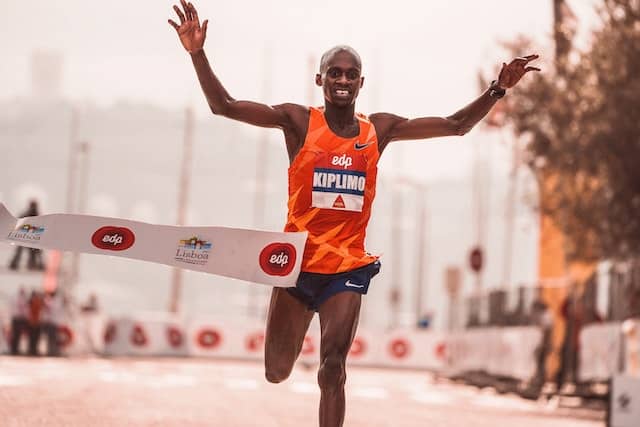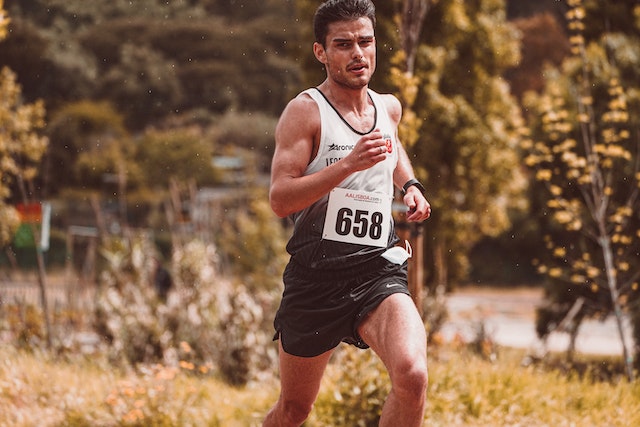
Contents
Utilising running form, speed play and interval training to perform faster running
Everybody wants to be fast. From superheroes to superhero athletes, there are many reasons to become faster. Some want to pursue marathon training, procure the right running shoes to see if they work, and others incorporate speed workouts to discover a new way of getting faster.
No matter your aim or method, becoming a faster and stronger runner doesn’t only help your physical game but your mental game too. Progression is essential to humans in general so beating times and employing a faster pace is one way to get there.
From consistent training to running pace, there are loads of things you can do to help run faster.
Let’s break some down here.
Endurance
Endurance running, or endurance training in a wider sense, is great for faster running. Running faster requires strength, durability and low fatigue profiles. In order to get those, funnily enough, you need to become stronger. The stronger your legs are, the more power they can generate, which can translate into faster running. Simple.
But how should you go about it?
Well, without lifting weights in the gym you can add high-pressure impact to your muscles with HIIT workouts. Demanding more from your body in a shorter space of time will help you grow more rapidly, generally speaking. And the more you use hill sprints, for example, demanding power from your calves, the more your body will acclimatise to high-intensity situations.
And at the end of it? More power, more speed.


Form
A less impactful but necessary aspect is running form. Strength training is important, of course, but form is the more ‘baseline’ aspect of increasing speed. Why? Simply, if you don’t have the right form, you’re not maximising the power potential of your body, running a risk of injury, and suffering from fatigue more rapidly.
If you want to compete in a half marathon, for example, one of the biggest worries you’ll probably have is injury. Well, HIIT training or faster workouts will be just as risk worthy. Cleveland Clinic states ”Maybe you didn’t realize you balled your fists when you ran and had no idea the amount of energy you were spending holding your hands like that. Or maybe your arm swing is too wide, or your foot is landing slightly in front of your hip. Minor tweaks in your form can make a big difference in injury prevention, efficiency and quickness.”
Conclusion
Whether it’s race day or upper body strengthening, weight training, a solid speed-based training schedule or form, each will definitely help you to get where you want to.
Do the research and develop your game today.


FAQs
What’s a tempo run?
This style of run is running just before it’s too hard but also after it’s easy. It’s running at the middle ground of both hard and easy.